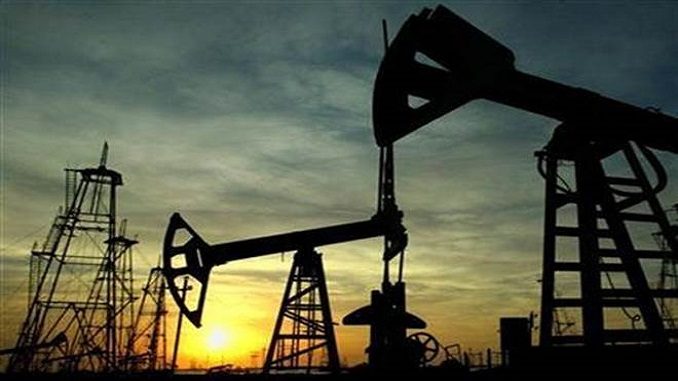
It’s the world’s biggest crude exporter, pumps from the largest oil field on the planet and holds the keys to the most abundant reserves of black gold globally. The Saudi Arabian Oil Company, or Aramco, has enough hydrocarbon firepower to make Saudi Arabia OPEC’s most influential member, Bloomberg writes in an photo essay.
State-owned Aramco extracts crude, natural gas and other oil liquids from the mountainous sand dunes of the Empty Quarter to the waters of the Gulf. In November, the company ramped up production — reportedly in excess of 11 million barrels a day — to head off a potential shortage that traders feared could have caused prices to shoot up when U.S. sanctions on Iran kicked in. They might have overdone it.
Now Aramco may have to dial back from the record production levels it reached in November if the producers’ group decides this week to pump less. Too much oil and not enough growth in demand would send prices down, something Saudi Arabia and most members of the Organization of Petroleum Exporting Countries want to avoid. OPEC meets Dec. 6 in Vienna.
Saudi Aramco’s Shaybah oil and gas project is an engineering feat that puts in stark relief the difficulties of operating in seemingly impassable and remote deserts. Aramco constructed roads and an airstrip in the desert known as the Empty Quarter in order to bring the equipment needed to build the facility across towering dunes previously only traversed by camel caravans. Here a flare burns off gasses to maintain proper pressure at the field.
Saudi Arabia’s Shaybah oilfield is a key development in Aramco’s ability to maintain production capacity of about 12 million barrels a day. Facilities like the Natural Gas Liquids plant separate and process raw hydrocarbons to prepare them for transport and use.
Energy infrastructure traverses Saudi Arabia’s Eastern Province, transporting crude and gas from the world’s largest oil field, called Ghawar, to export terminals, refineries and chemical plants at Ras Tanura and Jubail on the Gulf coast.
Constantly tapping new energy sources is a necessity to find the oil that will replace barrels we’ve already consumed. To develop the offshore Manifa field in the Persian Gulf, Aramco built an archipelago of causeways connecting man-made drilling islands. The islands supported equipment while the elevated bridges allowed for normal flows of currents and sea life to continue, Bloomberg adds.

Be the first to comment